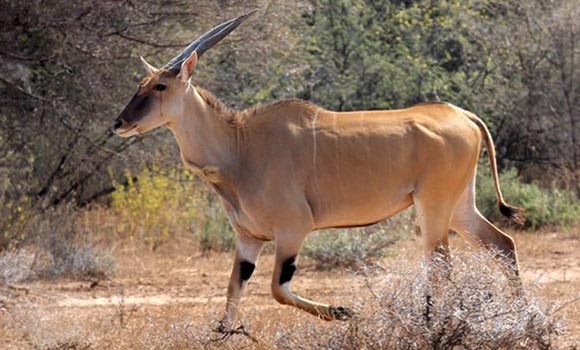
by BioEdge | Mar 10, 2016 | Site Content
Taurotragus oryx trotting The unheard beckoning of an asinine chestnut Links to the images that inspired this bio-insight: http://3.bp.blogspot.com/ http://farm8.static.flickr.com/ http://l7.alamy.com/zooms/ http://www.listeningearth.com.au/ Taurotragus oryx photo by...
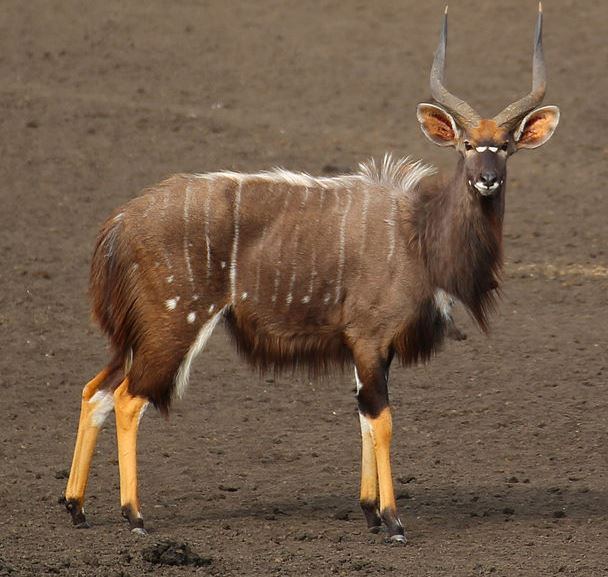
by BioEdge | Mar 10, 2016 | Site Content
Nyala angasii photo © Kjersti Holmang White crests are symbols of different stripes among antelopes Nyala angasii photo © Papphase The nyala and springboks are southern African bovids both possessing white, erectile dorsal crests. However, the functions of these...
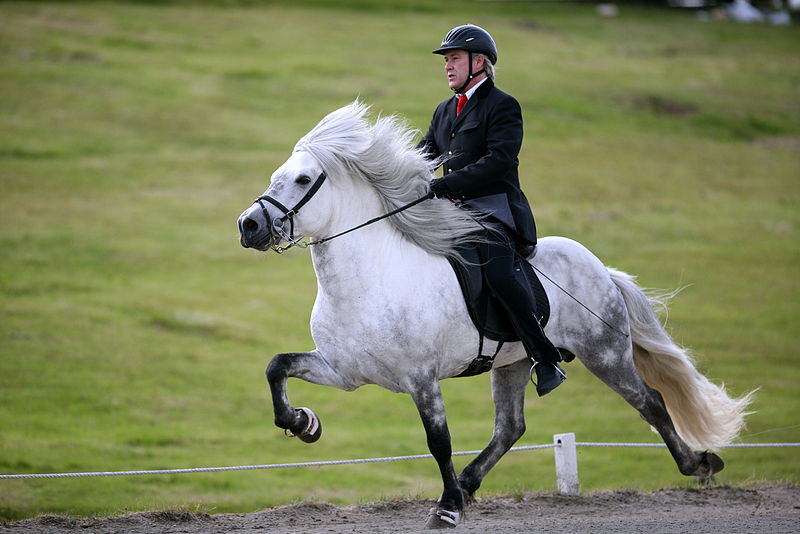
by BioEdge | Mar 10, 2016 | Site Content
Equus caballus photo © Dagur Brynjólfsson Pacing in ancestral horse as a show for predators No wild equid has ever been recorded fleeing with a pacing gait, the normal gait at moderate speeds being the trot. However, the fact that certain breeds of the domestic...
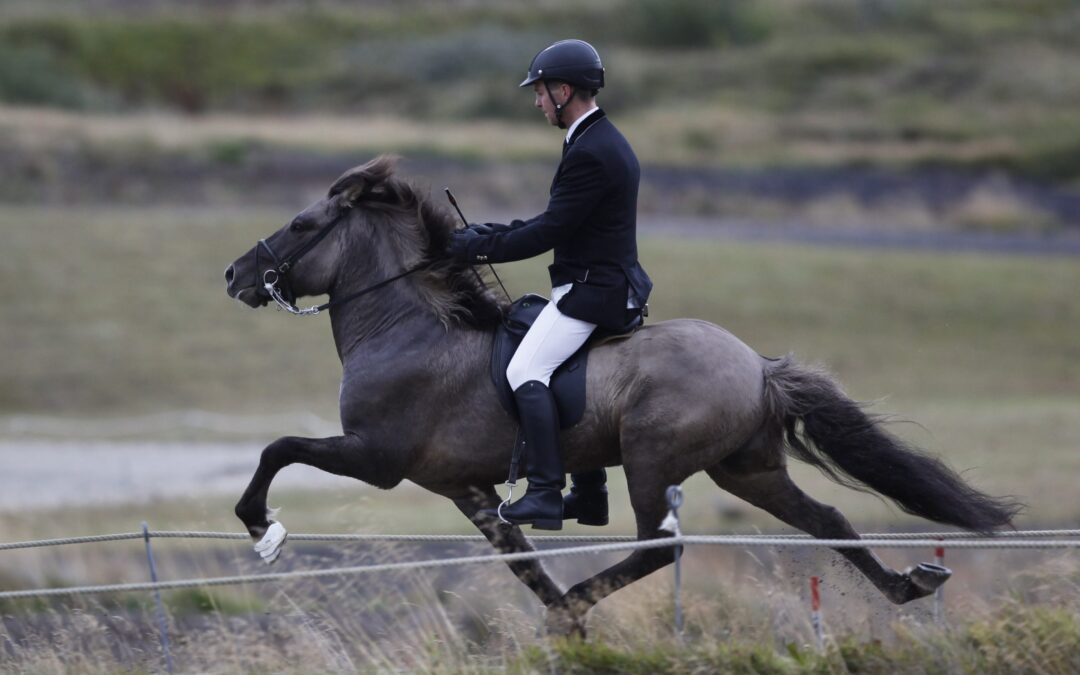
by BioEdge | Mar 10, 2016 | Site Content
The ‘toelt’ demonstrated by Equus caballus photo © Dagur Brynjólfsson An unremarked convergence between equine and elephantine The ‘hyperamble’ – in which the footfall sequence of the normal ambling walk is quickened to the point of just achieving...
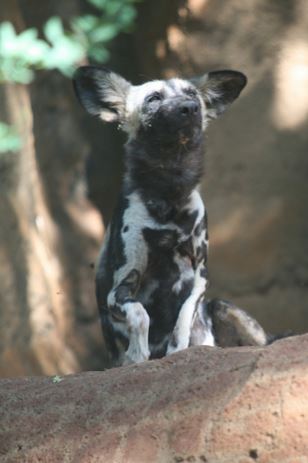
by BioEdge | Mar 10, 2016 | Site Content
Lycaon pictus photo © Cliff No sitting for this hunting dog It is surprising that – unlike the Asian hunting dog, the wolf, and the domestic dog – the African hunting dog ostensibly does not sit. One explanation for this is that competition and mutual antagonism with...
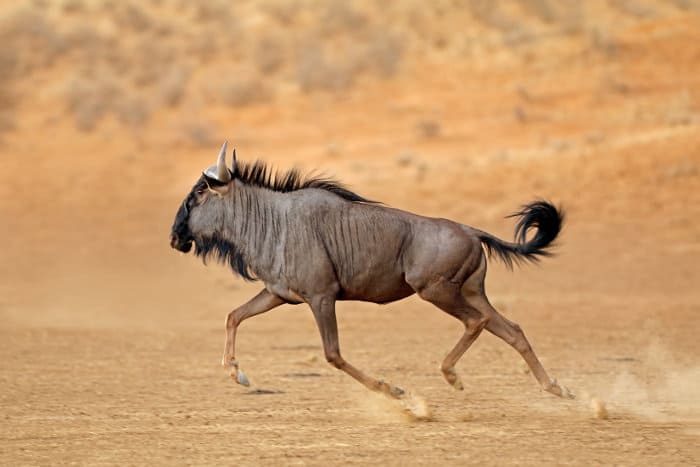
by BioEdge | Mar 10, 2016 | Site Content
Wildebeest trotting Non-parallel gaits in hyena and wildebeest Photographs: Wildebeest trotting Spotted hyena’s gait Both the spotted hyena and its prey species the white-bearded wildebeests find it awkward to trot because of their sloping backs with the...







